Fishing is an age-old tradition that has brought friends and families together for generations. Whether you’re a weekend warrior or an experienced angler, every good angling trip starts with finding the right boat to get you out on the water. There are many types of fishing boats, each offering unique advantages depending on your needs. To help make sure you choose the right one before embarking on your next adventure, let’s go over all the information you need to know.
What Are Fishing Vessels?
Fishing vessels are specifically designed and used for catching fish or other aquatic animals. There are numerous types of boats for fishing, and they can be categorized based on size, purpose, and the angling method used. They play an important role in the global angling industry, providing food and livelihoods for millions of people around the world.
What Does the Future Hold for Fishing Vessels?
The future of angling vessels is likely to be shaped by a variety of factors, including advances in technology, changing regulations, and concerns about sustainability and climate change. Concerns about overfishing and the sustainability of fishing practices have led to increased regulations and efforts to promote responsible and sustainable angling practices.
One trend that is likely to continue is the development and adoption of new technologies aimed at making fishing vessels more efficient and environmentally friendly. Just consider that there are more than 60 million anglers just in the USA. So no wonder there are already efforts underway to develop more sustainable angling gear, such as using biodegradable nets and reducing the amount of bycatch.
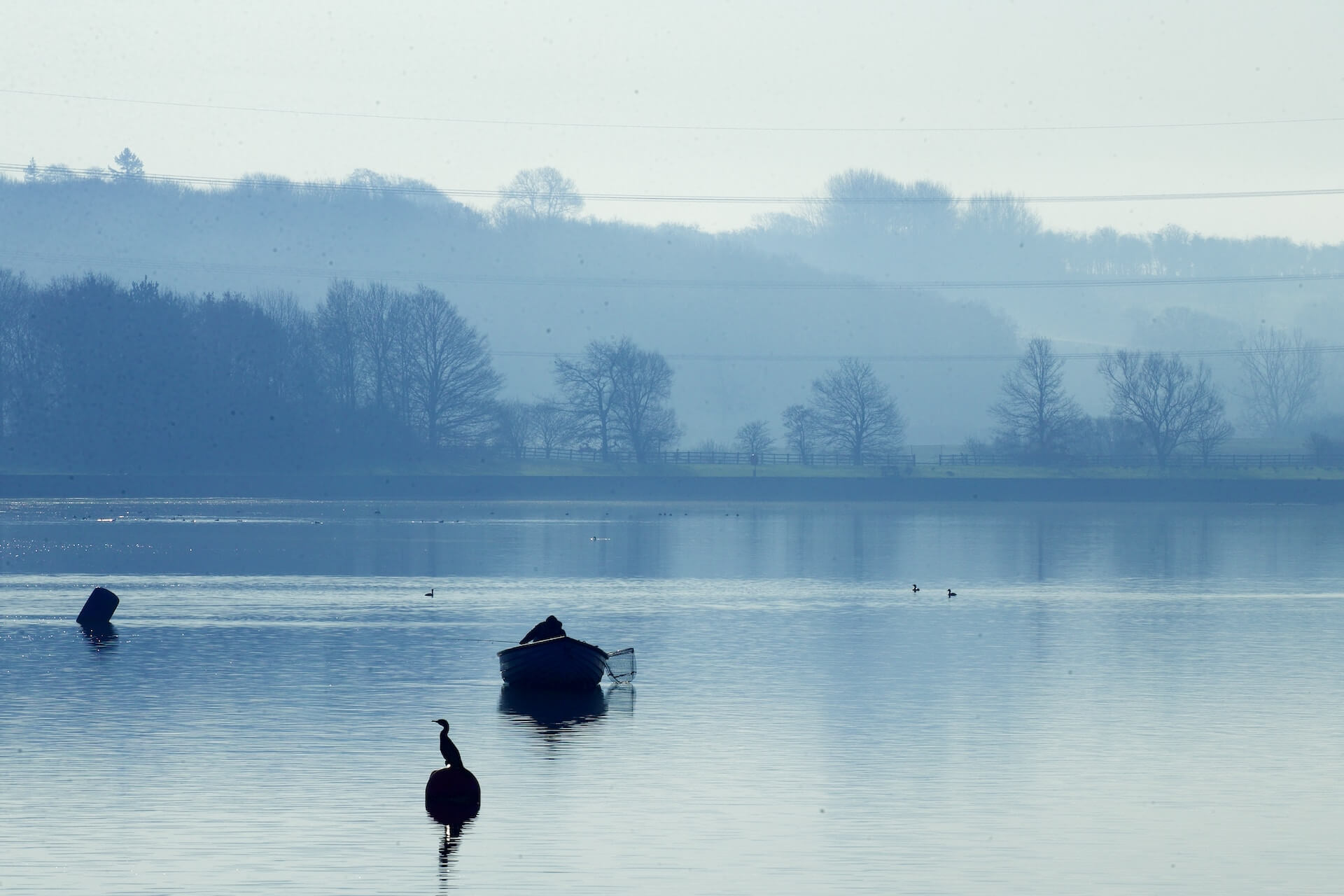
Freshwater Fishing Boats Range From Small to Large Vessels
Freshwater angling vessels are designed and built specifically for freshwater bodies such as lakes, rivers, and streams. These come in a variety of sizes and types, ranging from small, lightweight canoes and kayaks to larger, more spacious angling vessels with a range of features and amenities. Let’s take a closer look at these vessels.
Bass Boats Are Small, Lightweight, and Fast Vessels
Bass boats are a type of freshwater fishing boat designed specifically for bass angling. They typically range in length from 16 to 25 feet and are equipped with a variety of features to make bass angling more efficient and enjoyable.
These are ideal for a variety of fishing techniques, such as casting, jigging, and trolling. They are commonly used in freshwater bodies such as lakes and rivers and are especially popular among competitive bass anglers who participate in tournaments.
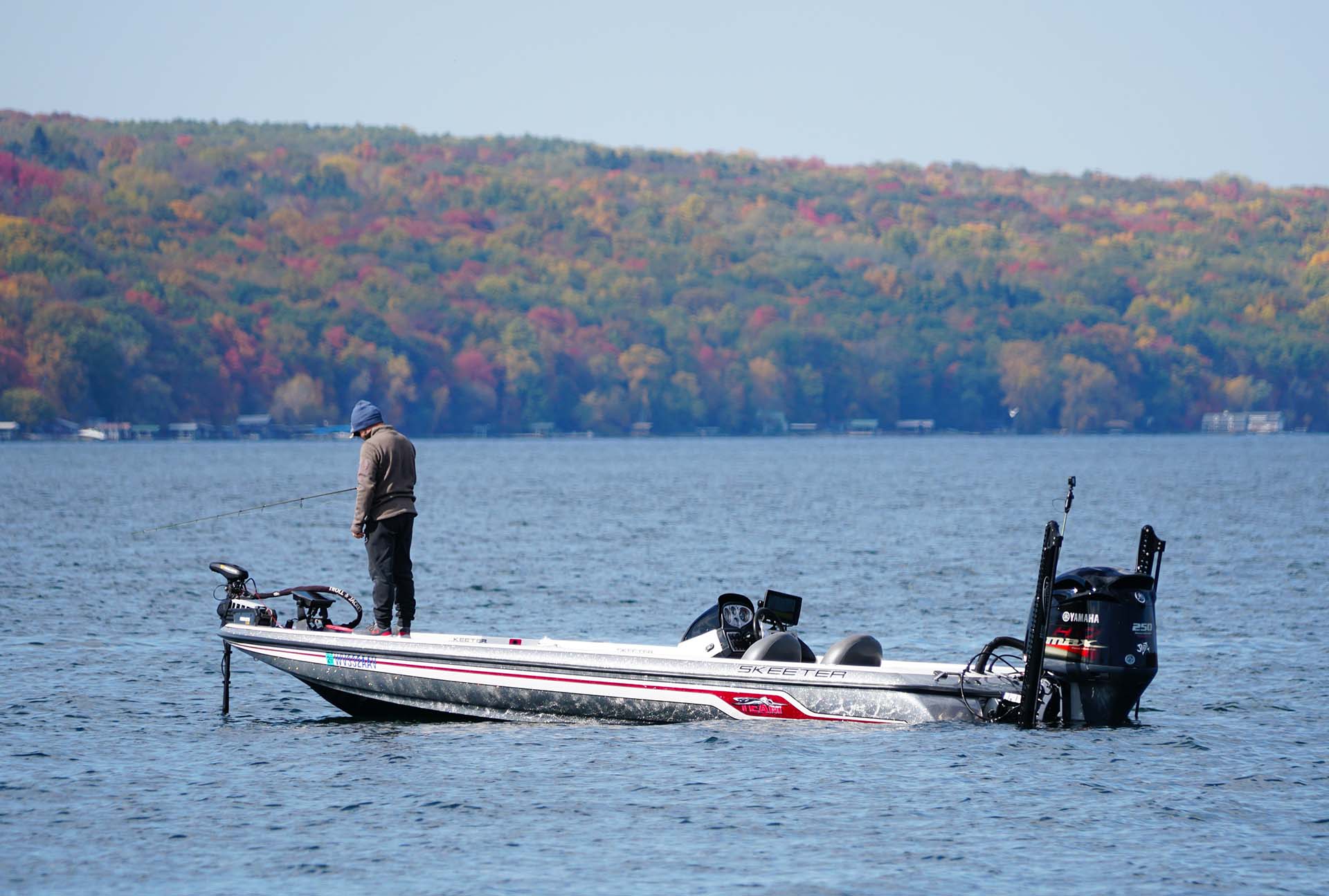
Jon Boats Are Perfect for Calm Water Environments
Jon boats are flat-bottomed vessels that are typically made of aluminum or fiberglass. They are known for their simplicity, affordability, and versatility. Some common features include their lightweight design, shallow draft, and wide, stable platform. They are typically powered by an outboard motor, although some models can also be rowed or propelled with a trolling motor.
They are popular among anglers and hunters for their maneuverability, stability, and ease of use. Jon vessels are commonly used for species such as bass, crappie, and catfish, as well as for hunting waterfowl and other game.
Aluminum Fishing Boats Come in a Range of Sizes
Aluminum angling vessels are popular due to their durability, lightweight construction, and low maintenance requirements. You can find anything from small, portable models to larger, more feature-packed boats on the market. Common features of aluminum vessels include ample storage for fishing gear, livewells for storing caught fish, and casting decks for anglers to stand on while catching fish.
They are ideal for freshwater angling, but many models are also suitable for inshore saltwater casting. Target species include bass, crappie, trout, walleye, and other freshwater game fish. With their combination of affordability, durability, and versatility, no wonder why these are a popular choice for both casual and serious anglers alike.
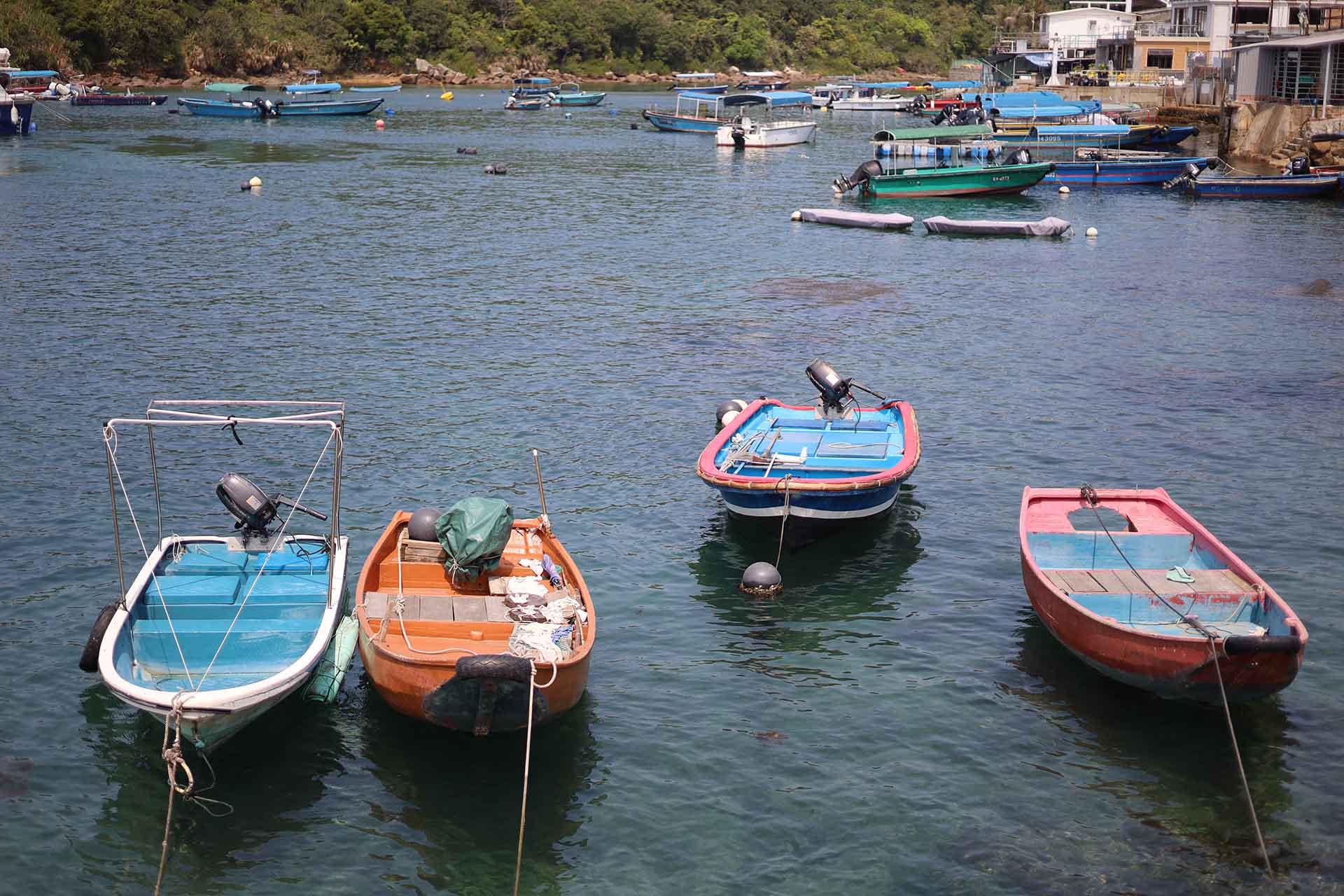
Kayaks and Canoes Are Perfect for Calm Water
Kayaks and canoes are both small, narrow vessels designed for paddling through calm water. They share some common features, which you can see in the table below.
| Features | Kayak | Canoe |
|---|---|---|
| Design | Narrow, streamlined design | Narrow and pointed bow and stern |
| Construction | Lightweight, often plastic | Lightweight, often made of wood or canvas |
| Propulsion | Paddles | Paddles or small electric motors |
| Maneuverability | Easy to maneuver and turn | Easy to maneuver and turn |
| Storage | Limited storage space | More storage space for gear and supplies |
| Target Species | Suitable for targeting smaller species of fish, such as bass and trout | Suitable for targeting larger species of fish, such as pike and musky |
Saltwater Fishing Boats Will Securely Take You to Oceanwater
Saltwater boats are designed and built specifically for casting the line in saltwater environments, such as oceans, bays, and estuaries. These come in a variety of sizes and types, ranging from small, lightweight to larger, more powerful vessels designed for deep-sea angling.
Center Console Boats Are Great for Tackling Both Larger and Smaller Game Fish
Center console vessels are a type of fishing boat that features a center-mounted steering console that allows for easy maneuverability and access to all parts of the boat. Some common features include a deep V-hull, which provides a smooth ride even in choppy water, and a large open deck space with ample room for fishing gear and other equipment.
They are typically equipped with specific features, such as rod holders, live wells, and fish boxes, as well as navigational and safety equipment. Center console vessels are ideal for targeting a wide range of saltwater and freshwater species, from smaller fish such as snapper and redfish to larger game fish such as tuna and marlin.
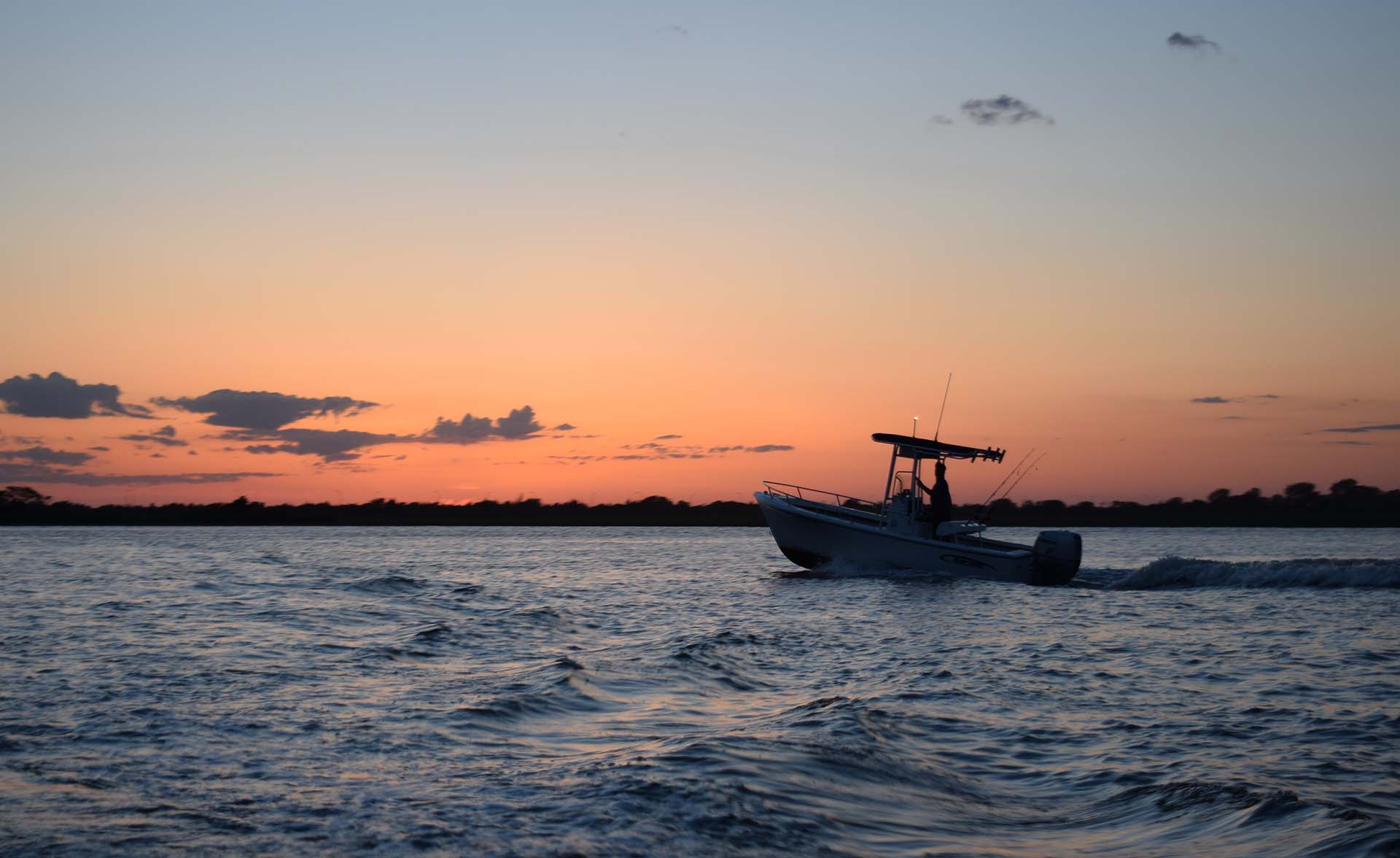
Walkaround Boats Have Additional Storage Space
Walkaround boats, also known as walkarounds or walkaround cuddy cabins, are versatile angling vessels that feature a raised forward deck with a walkway around the cabin, providing easy access to the bow and additional space. These typically range in size from 18 to 30 feet and are equipped with a variety of fishing-specific features, such as rod holders, livewells, and fish boxes.
The walkaround design allows anglers to easily move around the boat while casting the line and provides additional storage space for gear and tackle. Walkaround vessels are ideal for a range of fishing techniques, including trolling, casting, and bottom angling, and can target a variety of species, from smaller inshore species such as flounder and redfish to larger offshore game fish such as tuna and marlin.
Sportfishing Yachts Should Be Your Choice if Opting for Offshore Fishing
Sportfishing yachts are large, luxurious vessels designed for sportfishing and other recreational activities. These typically range from 30 to 80 feet in length and are equipped with a wide range of amenities, including air conditioning, entertainment systems, and fully-equipped kitchens.
Sportfishing yachts are designed for comfort and speed and are often equipped with powerful engines, advanced navigation, and communication systems. They typically feature a large cockpit area for angling, as well as additional seating and living spaces for relaxation and entertainment.
Ideal for offshore angling, sportfishing yachts are typically used to target larger game fish such as marlin, tuna, and swordfish. They are usually equipped with some angling-specific features such as outriggers, rod holders, and livewells for keeping caught fish alive.
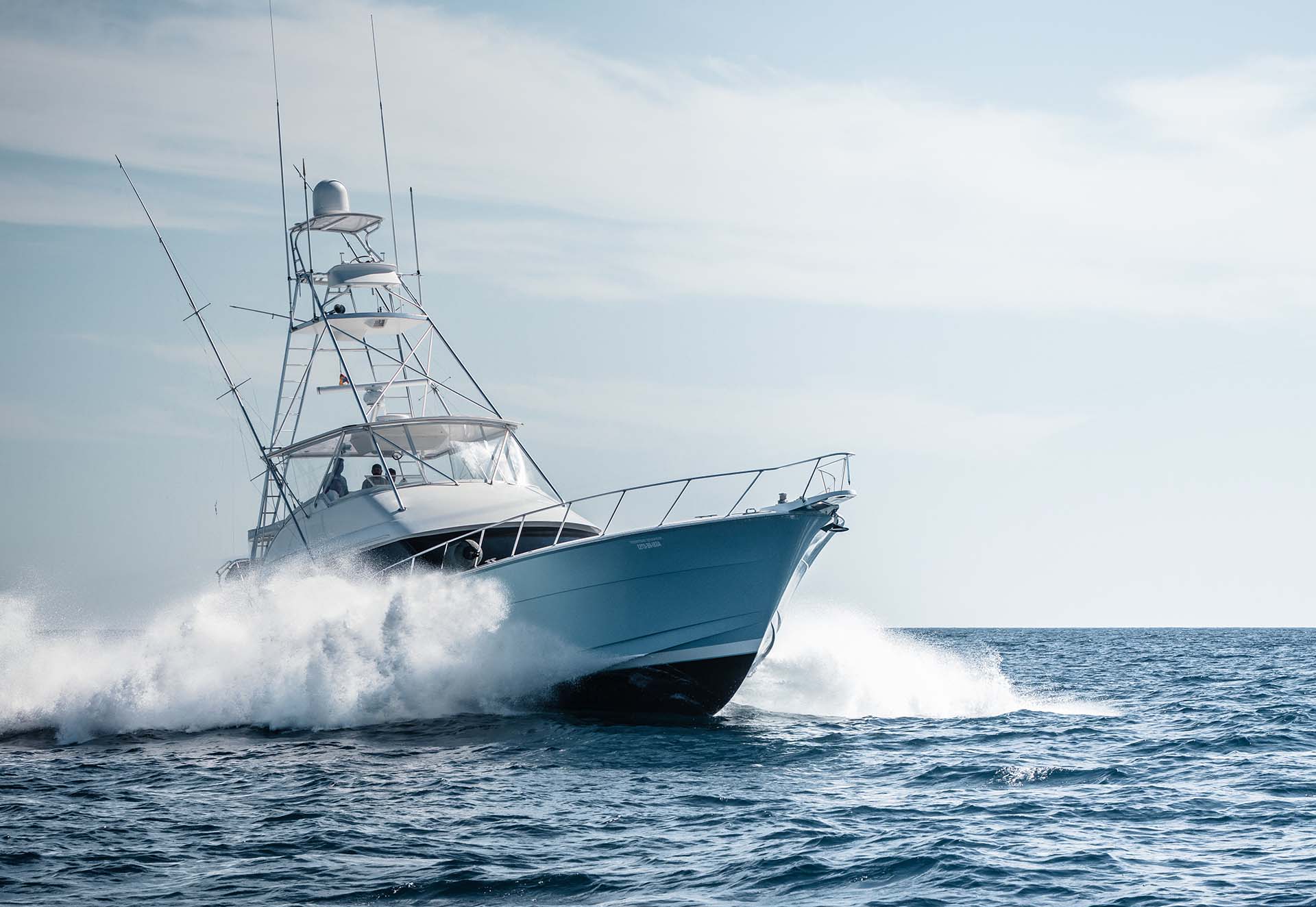
Skiffs and Flats Boats Are Designed for Shallow Waters
Skiffs and flats are both popular types of small fishing boats that are designed for use in shallow water environments. While they share some similarities, they also have some key differences in terms of design, features, and ideal uses. Check what both vessels have to offer in the table below.
| Skiffs | Flats Boats | |
|---|---|---|
| Design | Flat-bottomed with a square stern | Narrow with a pointed bow and stern |
| Size | Generally shorter and wider | Generally longer and narrower |
| Draft | Deeper draft than flats vessels | Shallow draft for fishing in very shallow water and over sandbars |
| Fishing Style | Versatile for a range of angling techniques in calm, shallow waters | Specialized in sight-angling for species such as tarpon and bonefish |
| Features | Often equipped with live wells, rod holders, and fish finders | Specialized features such as poling platforms for spotting fish, livewells, and shallow-water anchors |
| Ideal Targets | Suitable for targeting a range of freshwater and saltwater species | Ideal for targeting larger species of fish in very shallow water and flats environments, such as tarpon and bonefish |
| Maneuverability | Easy to maneuver and turn | Extremely maneuverable with precise control, especially in calm conditions |
Multi-Purpose Boats Can Be a Great Choice for Anglers Who Want to Combine Recreational and Fishing Activities
Multi-purpose vessels are designed to be versatile and adaptable, allowing them to be used for a variety of different angling techniques and environments. These often have a range of features and amenities, such as live wells, rod holders, fish finders, and trolling motors, which make them ideal for a wide range of styles, from trolling and bottom fishing to casting and jigging.
Bowriders Are Great for Fishing and Recreational Activities
Bowriders are versatile vessels that are commonly used for both recreational and angling purposes. These have an open bow design with seating in the front and back, making them ideal for cruising, water sports, and other recreational activities.
Regarding angling, bowriders are often used for freshwater casting the line in calm lakes and rivers. They can be equipped with fishing-specific features such as rod holders and livewells, making them suitable for catching crappie, bass, and trout.
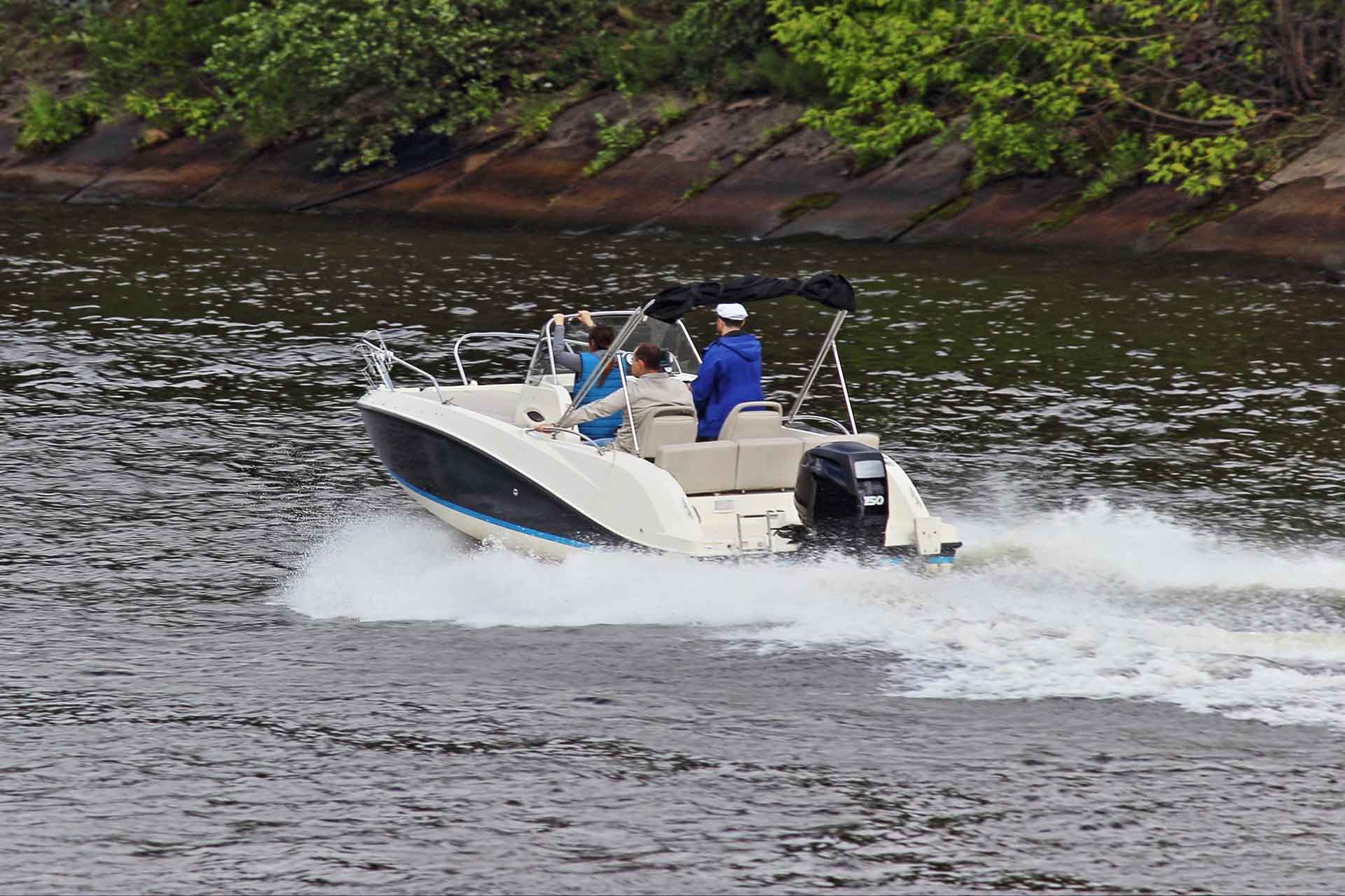
Pontoon Boats Ensure the Stability in Waters
Another popular option is the pontoon boat, which can be used for a variety of recreational and angling activities. It is characterized by a flat deck that is supported by two or more pontoons or hollow tubes, which provide stability and buoyancy in the water.
These vessels are often used for cruising and relaxing on the water, as they offer a smooth and stable ride. They can also be equipped with a range of amenities and features, such as seating, dining areas, and even built-in grills, making them ideal for entertaining guests or hosting family gatherings on the water.
In addition to recreational uses, this kind of vessel can also be used for angling too. They offer plenty of deck space for anglers to move around and cast their lines, as well as features such as rod holders and livewells for storing caught fish. Pontoons are often used for freshwater angling, such as targeting species like bass, crappie, and panfish.
Deck Boats Will Provide Enough Space for Both Gear and Passengers
Deck boats are a popular type of recreational boat that is designed for a variety of activities, including angling, water sports, and cruising. They are typically characterized by their wide, open decks, which provide ample space for passengers and gear.
In terms of anglers’ uses, this kind of boat is often equipped with features such as livewells, rod holders, and fish finders, making them suitable for a variety of fishing techniques, from trolling and casting to bottom angling. They are ideal for targeting a wide range of freshwater and saltwater common species, from bass and trout to snapper and grouper.
In addition to casting the line, deck vessels are also popular for a variety of recreational activities, such as water skiing, tubing, and cruising. They are designed for comfortable and spacious seating and often feature amenities such as swim platforms, sun pads, and built-in coolers.
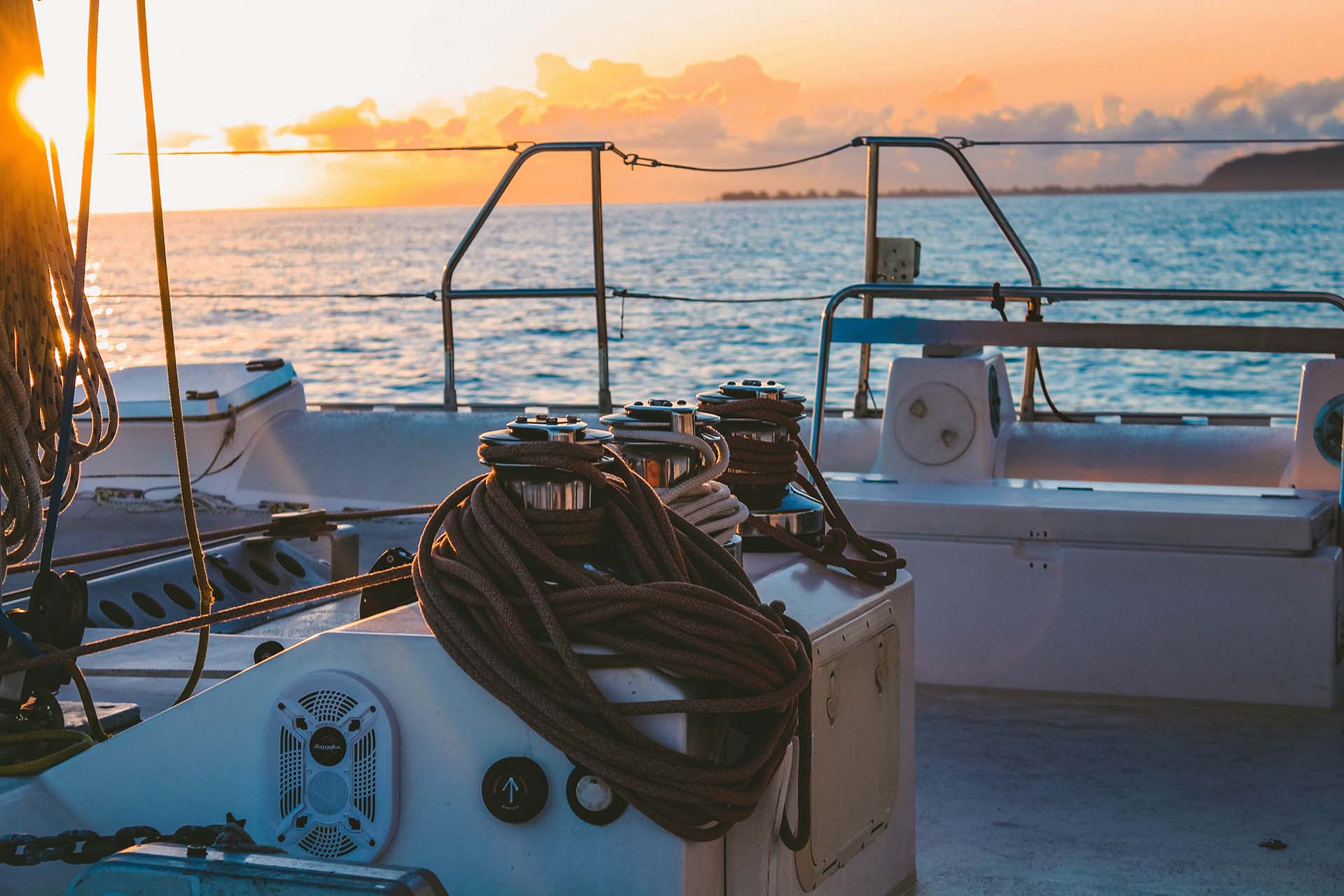
Factors to Consider When Choosing an Angling Boat
Choosing the right boat is a crucial decision for any angler, whether you’re a seasoned pro or just starting. With so many different types and models of angling vessels on the market, it can be challenging to know where to begin. However, by considering a few key factors, you can narrow down your options. Here’s what you should have in mind.
Primary Fishing Environment
One of the most important factors to consider is the primary fishing environment where you will be using it. Different vessels are designed for different types of water, such as freshwater, saltwater, and calm vs. rough conditions. Consider the types of water and weather conditions you will be casting the line in to determine the appropriate boat size and style.
Targeted Fish Species
The type of fish you plan to target will also influence your choice of boat. Some vessels are better suited for specific species or types of fishing, such as trolling, casting, or bottom angling. Consider the size and weight of the targeted fish species and ensure that your chosen boat has the necessary equipment and features to accommodate your fishing style.
Budget and Maintenance Costs
Fishing vessels come in a wide range of prices, from affordable entry-level models to high-end luxury vessels. Set a budget that you are comfortable with and consider the associated costs of maintenance, fuel, and insurance. Also, think about whether you will be doing any maintenance and repairs yourself or if you will need to hire professionals.
Storage and Transportation Requirements
Consider where you will store your boat when not in use and how you will transport it to and from the water. The size and weight of the boat will influence these factors, as well as the type of trailer and vehicle required for transportation.
Personal Preferences and Additional Features
Take into account your personal preferences and any additional features or amenities you may want in a boat. Do you prefer an open or enclosed cockpit? Do you need a cabin for overnight trips? What about electronics, gear, or other accessories? Think about what is important to you and what will enhance your overall angling experience.
Go Over Different Types of Fishing Boats and Pick the One That Suits You Best
Angling is a great way to enjoy the outdoors and make memories with friends and family. Picking the right fishing boat for your needs is an important decision, so take your time and consider all the factors before making a final choice. If you go out on a boat designed for casting the line, you’re sure to have an enjoyable experience. So get out there because every day on the water is precious!







